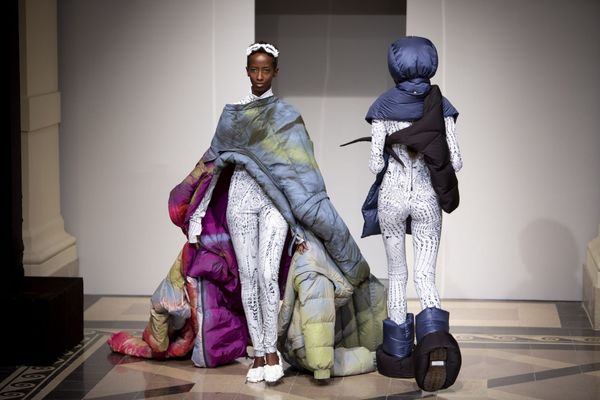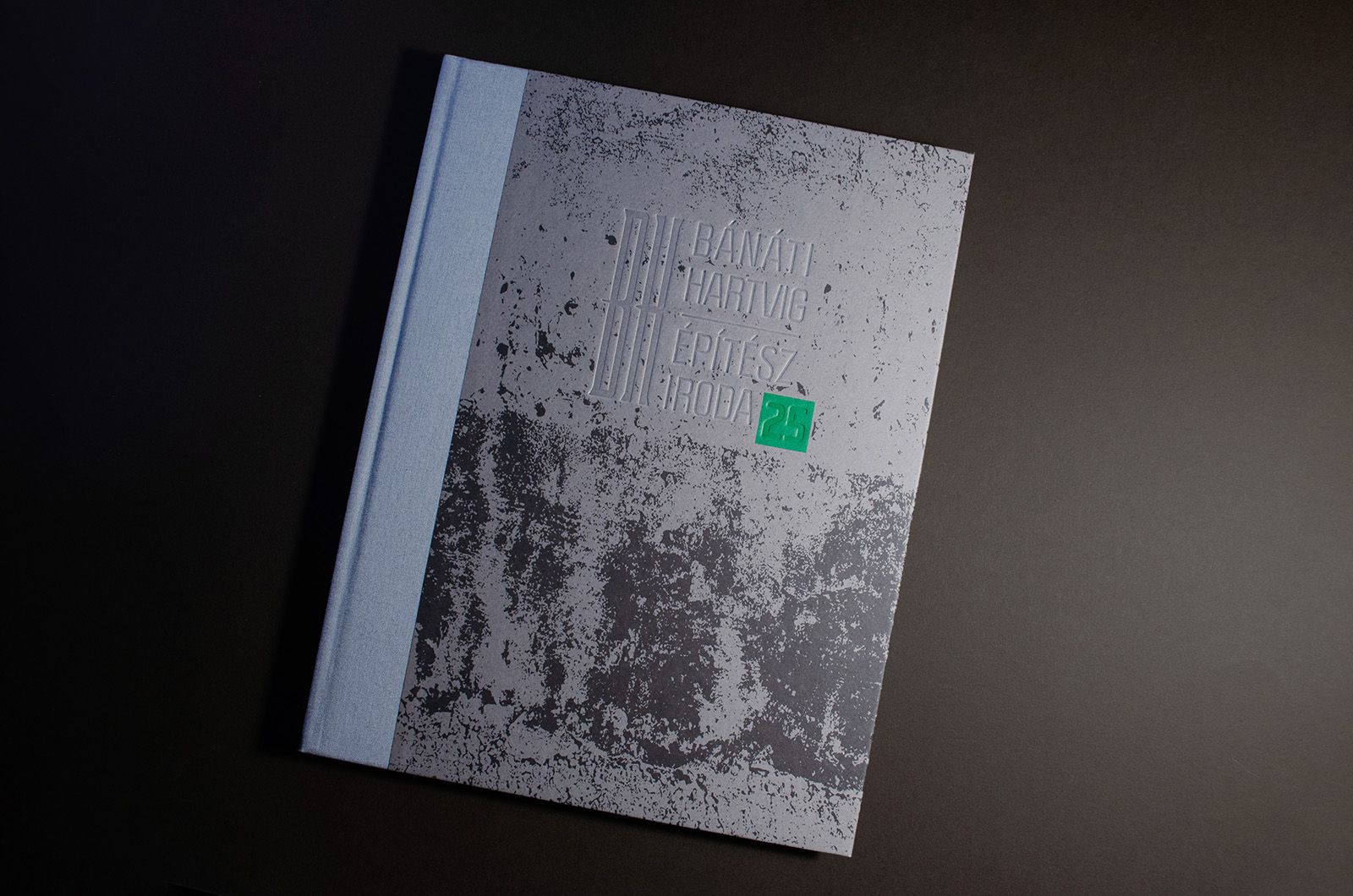Lajos Hartvig and Béla Bánáti founded Bánáti and Hartvig Architecture Office 25 years ago, also known as BH, which has become an indispensable factor in the field over the years: one has either already been, is, or will be part of BH, as they say to each other jokingly. To mark the anniversary, a jubilee publication has recently been produced, which tells a compelling story of how they think about architecture and communities using the buildings. The editors of the publication, Zsuzsanna Molnár, and Lajos Hartvig, talked to us about the book and BH’s last quarter of a century.
During the history of the firm, founded in ’96, there have been many projects, both large and small scale, completed, and others that stayed on the drawing board. There have been periods of great success just like challenging times, with some 250 architects having taken part in the journey (many of whom have entered “BH adulthood,” i.e. have been part of the team for more than 18 years). This publication is a deeply subjective selection from the last two and a half decades of the firm, and of the buildings which speak volumes about BH’s vision.

Crystallized essence
The projects are listed in an intuitive order instead of a chronological one. It’s no coincidence that the first place is occupied by one of their latest projects, the building of their own offices, inaugurated last year and which we reported on in detail in a previous article. It was of paramount importance that, acting as their own clients, they show the essence of their architectural credo of reusing existing buildings of heritage and history whilst minimizing the environmental impact as much as possible. This is how the former Alba Regia restaurant building was chosen and redesigned in the spirit of circular and honest architecture to meet the needs and the physical and mental well-being of the team. “This office is a message to the generations to come about how we imagine the architecture of the future,” Lajos and Béla admit. “What we regard as important in architecture changes over time, and 25 years is enough time for the focus to shift. At the moment, the most important thing for us professionally is to comply with environmental and sustainability principles. After all, architecture is responsible for 35 percent of our planet’s carbon emissions, of which 11 percent is generated by the construction industry itself. It is in our common interest to reduce this,” says Lajos. The office building is also the visual starting point for the publication: graphic designer Kriszta Klebercz edited the pages to look as airy and transparent as the interior, and the cover is a photo transcription of a demolished concrete column from the interior.

Innovation, function, rationality, communication
These are BH’s main watchwords, which are imbued with environmental awareness as a fifth principle. In a nutshell, the first three are interpreted by them that the architect is aware of the latest theoretical, practical, and technological advances through continuous learning, builds nothing without thinking about cause and effect, and is willing to understand the needs of the building’s users, which the architect can then pass on to the client with a coaching approach. The fourth aspect, communication, can put all this into a framework. “Although communication is still important in the work we do today, it was a major focus at the beginning of our career. We grew out of postmodern architecture, which sought to articulate the message of architecture through quotations from historical periods. For us, this was the basis that we embraced. Today, I still believe that a building, whether it wants to or not, communicates something about itself, even the worst of buildings. And the architect must be aware of that message. The fact that some of our finest modernist buildings are currently being demolished is also partly a failure of modernist architecture because it means that their message has not gone through to society. Unfortunately, these buildings will remain as messages passed between architects. In our opinion, architecture should be a language that everyone speaks,” Lajos shared. Hence comes their mission to give new meaning to existing buildings, whether they are historic or modern units. And when designing new buildings, they strive to create something that can be used, or at least reinterpreted, in the long run.
“Architecture should also be about designing changes in the function of the building. One of my favorite examples is Diocletian’s palace, which has gone through who knows how many changes of function over the years, but the building and the walls have remained intact throughout. Today, if you want a building to have a different function, you demolish the whole thing. This is a terrible mistake. In addition, these buildings are not usually designed to be demolished in an environmentally friendly way, so you always have to think ahead. For example, if you are building a house, by the time the building is finished, the children may have already left home or the parents may have already divorced. If the client has made overly specific requests, the new tenant may not be able to take advantage of them. So these issues have to be on the table, otherwise, you end up having to demolish everything,” Lajos adds.
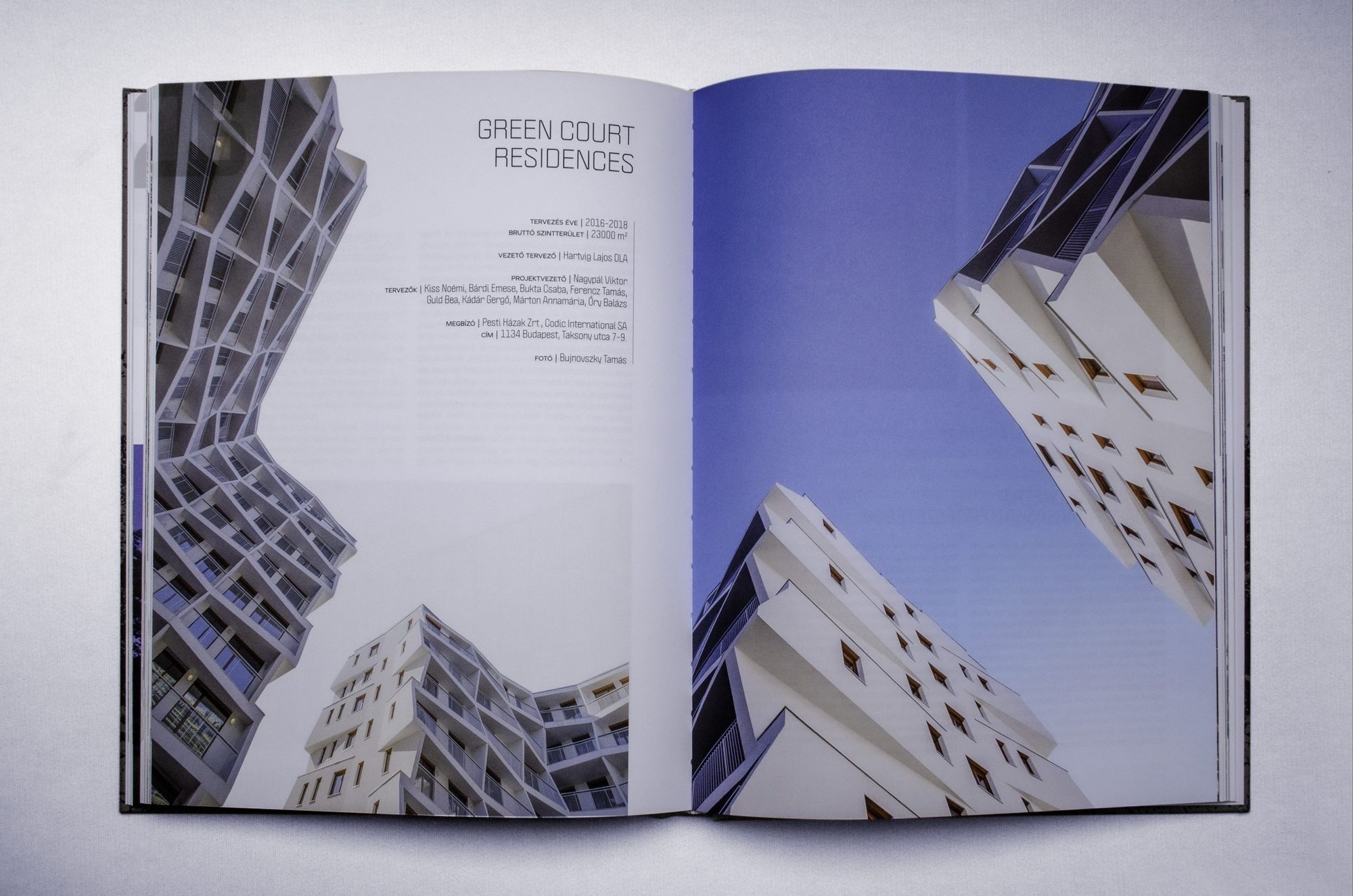
People in the center
In addition to the redevelopments, the publication also features a school, a family house, an embassy, and a group of interactive sculptures, among others. “While editing the volume, I realized that essentially all the work is imbued with humanity and a people-centered approach. I hope that the book will convey this approach to the reader through the images and stories as they turn the pages,” concluded Zsuzsanna Molnár. This people-centredness is also reflected in the team dynamics, as it is their mantra that if the staff members are in a good mood, then better buildings are being created. And the gesture of an architectural firm defining itself and telling its story in the form of a comprehensive publication in plain language is, in my reading, also a sign that it’s really not about arbitrary construction, but about connecting with people.
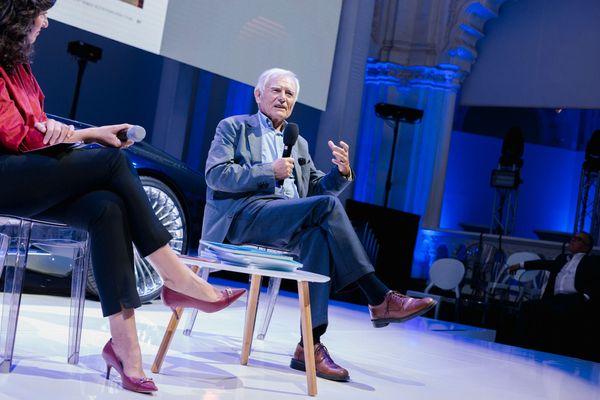
Best of Stefan Lengyel 2022 | MOME—Institute for Theoretical Studies
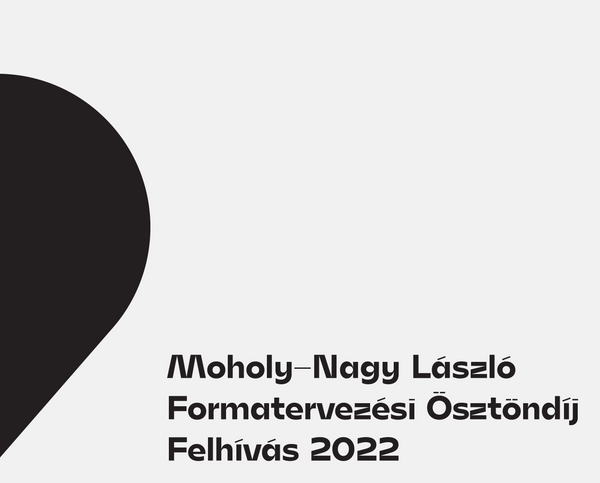
Applications are now open for the 2022 László Moholy-Nagy Design Grant
